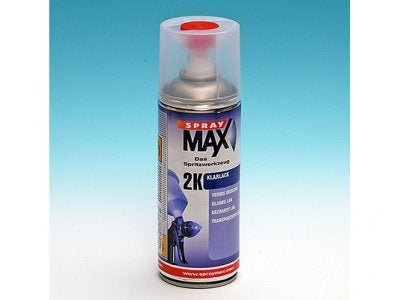brandonwhite
Tele-Meister
I'm looking at trying acrylic lacquer instead of nitro.
I've heard it has the same look and feel, but is more durable.
Kind of a good happy medium between nitro and poly.
Is this true?
Also, is this a good one to try?
https://www.amazon.com/dp/B0002YOPOG/?tag=tdpri-20
Any other recommendations?
Thanks.
I've heard it has the same look and feel, but is more durable.
Kind of a good happy medium between nitro and poly.
Is this true?
Also, is this a good one to try?
https://www.amazon.com/dp/B0002YOPOG/?tag=tdpri-20
Any other recommendations?
Thanks.


